Melasma Uncovered: Understanding, Managing, and Preventing Skin Discoloration
Explore the causes, treatments, and prevention tips for melasma to regain control over your skin's health and appearance.
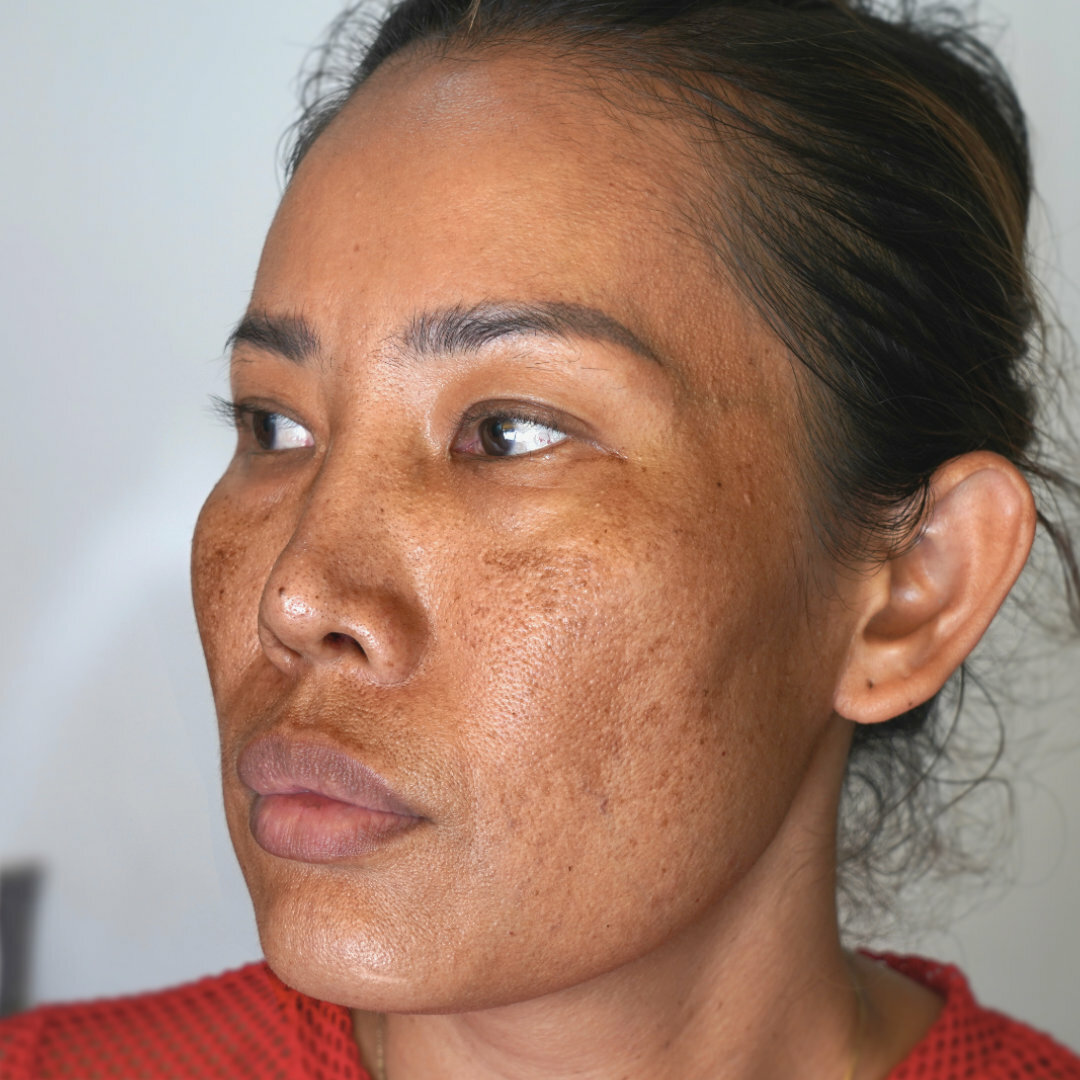
Rediscover Your Confidence with MJ Exposé: A Journey to Melisma-Free Skin
Melasma is a common skin disorder that causes dark patches on the face and can have significant psychological effects, such as anxiety and reduced self-esteem, due to its impact on appearance. Managing melasma is difficult and requires long-term treatment. You can prevent melasma by avoiding triggers like oral contraceptives and UV exposure.
It is now considered as type of skin aging caused by sun exposure. Recent studies show that melasma has various underlying causes, including damage to the skin's elastic fibres from the sun, increased blood vessel formation, and a higher number of aging skin cells, along with the abnormal activation of pigment-producing cells.
Key Points:
- Genetic factors influence melasma, with a dominant pattern seen in facial cases. It's more common in light brown skins, especially in people of East Asian, Southeast Asian, and Hispanic origin.
- Melanogenesis (how the skin produces melanin) in melasma can be induced by UVB, UVA, or short-wavelength visible light (VL).
- Melasma may fade with aging and often disappears in women after menopause, but extrafacial melasma can persist longer.
- Successful treatment strategies can help improve pigmentation and prevent relapse, but there is currently no curative treatment available for melasma.
- Direct sun exposure is a leading risk factor for melasma, so wearing broad-spectrum tinted sunscreen and avoiding excessive sun exposure are crucial in preventing melasma exacerbation.
- Melasma is more resistant to treatment during pregnancy because of the persistent hormonal trigger for development of the disease.
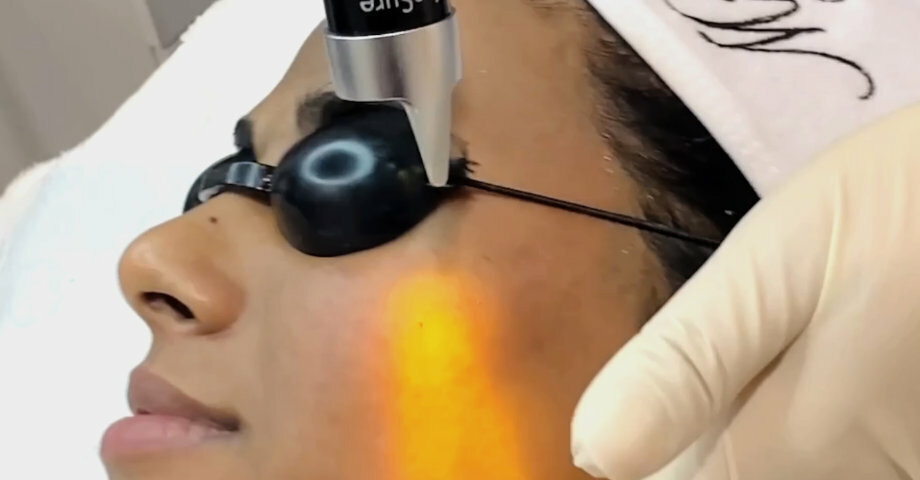
What causes Melasma?
Melasma is fairly common problem, it is usually caused by factors like pregnancy, certain types of drugs, and exposure to the sun. It will look like dark brown spots, usually on the areas that get the most sun; the cheeks, forehead, nose, or upper lip.
The amount of sun you are exposed to is a significant factor in the development of melasma. The process of how the skin produces melanin (Melanogenesis) is triggered by UVB, UVA, and short-wavelength visible light. This highlights how important it is to protect your skin from the sun and to avoid specific (photosensitising) medications, which increase the skin's sensitivity to sunlight.
There are some genetic factors that will contribute to melasma, which mostly affects women with darker skin tones, such as those with Fitzpatrick skin types III, IV and V. This makes treating melasma is difficult due to its complexities, and frequent recurrence.

Melasma predominantly affects women with darker skin tones, such as those with Fitzpatrick skin types 3, 4 and 5.
What's the difference between Melasma and Hyperpigmentation?
Melasma and hyperpigmentation both cause the skin to darken, but each have different causes. Melasma will create brown patches your face, especially where the skin is exposed to the skin. The exact cause is though to relate to changes in hormones like pregnancy or using contraceptives, which can be made worse by sun exposure.
Hyperpigmentation is a more general term for any skin getting darker due to an increase in the melanin with is typically caused by sun exposure, inflammation, changes in hormones, and skin injuries.
So the term melasma is a very specific type of hyperpigmentation with very distinct features, the term hyperpigmentation applies to a variety of different conditions.
What's the best way to treat Melasma?
A good question, as there are several different approaches - every skin professional will have a different opinion based on their past successes.
In our opinion, we believe that our treatment method is both the fastest and the most effective treatment around. Unfortunately there is no complete cure for melasma, but we can significantly reduce its appearance. If you choose this path, you will need to commit to a new skincare routine — otherwise, the melasma will come back.
There are topical therapies, such as Hydroquinone, Azelaic acid, steroids, etc. and there are oral therapies like Tranexamic acid. But these tend to work very slowly often taking many months to show any changes to your skin. Most people find this very frustrating and without proper skincare advice from a professional, may find that they see virtually no changes in their skin.
Microneedling, peels, lasers and ultrasound therapy can assist with melanin removal, but these treatments alone won't produce much change in your skin's appearance.
Our experience has shown that the best way to treat melasma is by using multiple methods together, in the correct order, we will be able to significantly reduce the appearance of your melasma.
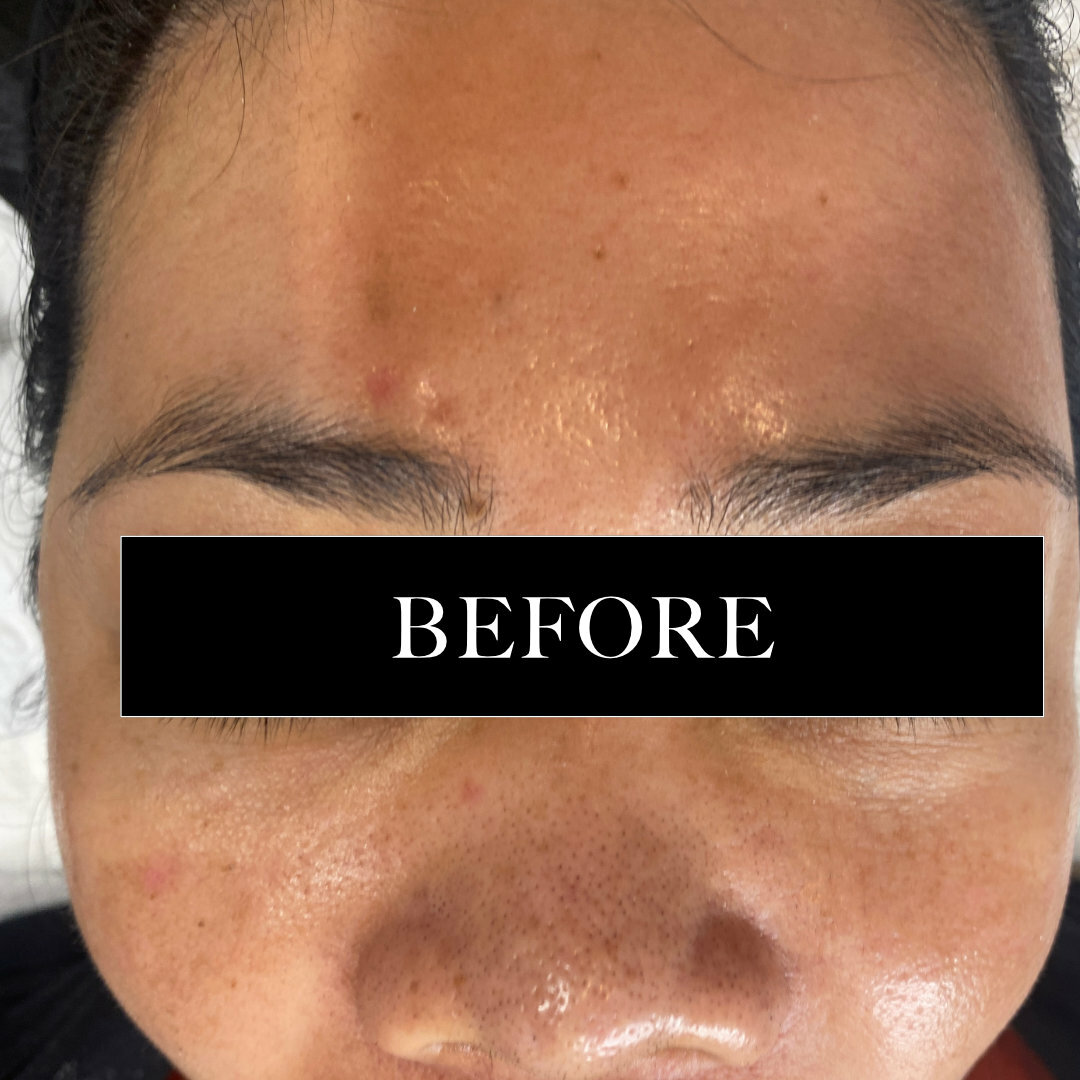
Client A before treatment

Client A after treatment

Client B before treatment
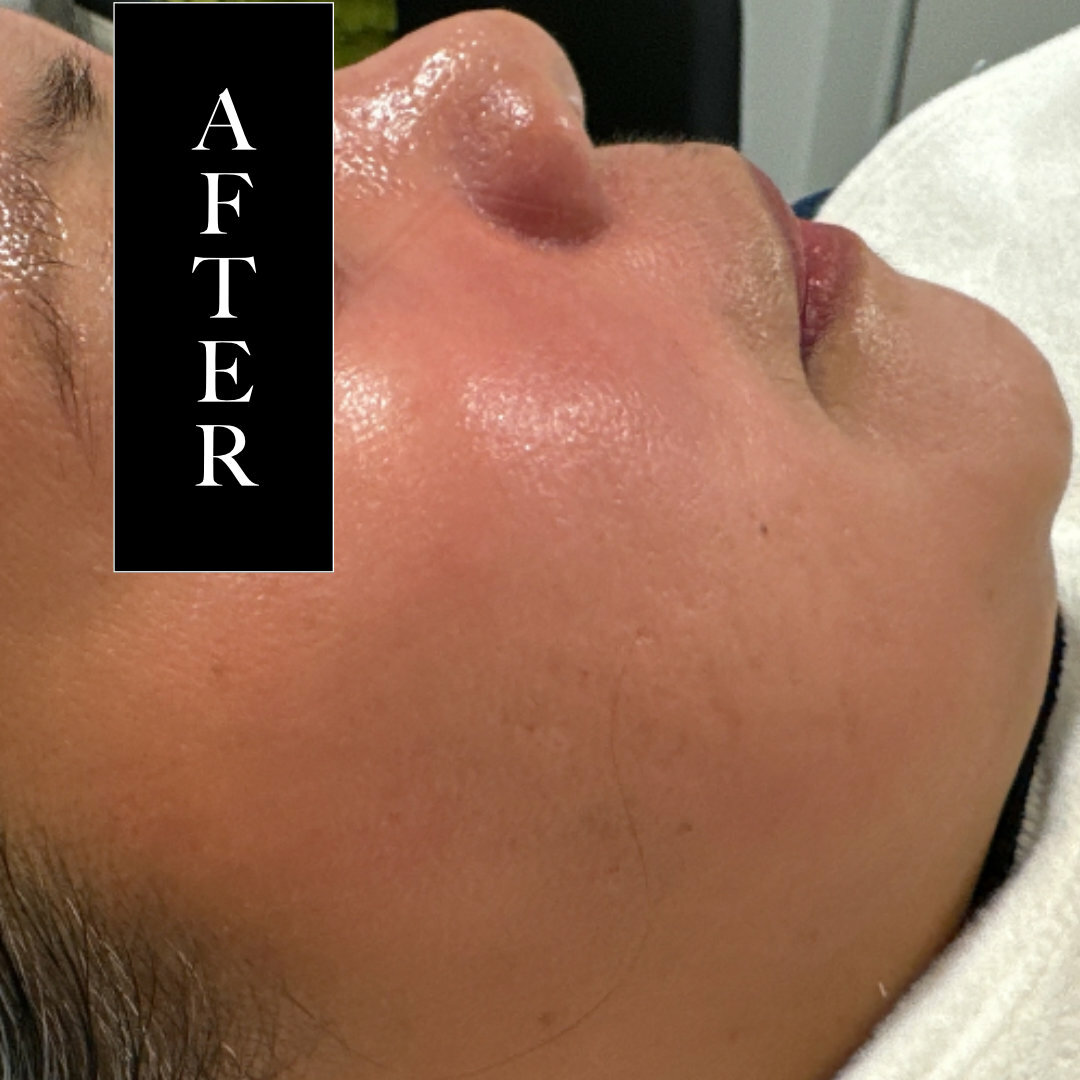
Client B after treatment
We have helped hundreds of women achieve clearer skin, aiming for a 50% to 80% reduction in melasma, often in a short period. When you start your treatment with MJ Exposé, it’s vital to follow the aftercare instructions closely.
Your skin will be as delicate as a baby’s during and after treatment, so proper care is essential to prevent melasma from returning and to protect your sensitive new skin.
Our approach is both scientific and personalised, tailoring each treatment to your skin's specific needs for the best results. Our team of experts is committed to providing the highest level of care and support throughout your journey.
Join us, and let’s work together to achieve the clear, beautiful skin you deserve. Your journey to a melasma-free life begins here.
Book a Consultation & rediscover your confidence with MJ Exposé Book a Consultation & rediscover your confidence with MJ Exposé

 AfterPay is avaliable for all purchases.
AfterPay is avaliable for all purchases.
What's the best way to prevent Melasma?
By far the best way to prevent Melasma and to prevent it returning is to use a tinted sunscreen every day such as mesoestetic melan 130 pigment control.
Additionally there are some medications that make your skin more sensitive to sunlight, which can increase the risk of sunburn, or other skin reactions when exposed to UV light. These include: Antibiotics, Ibuprofen and Antihistamines.

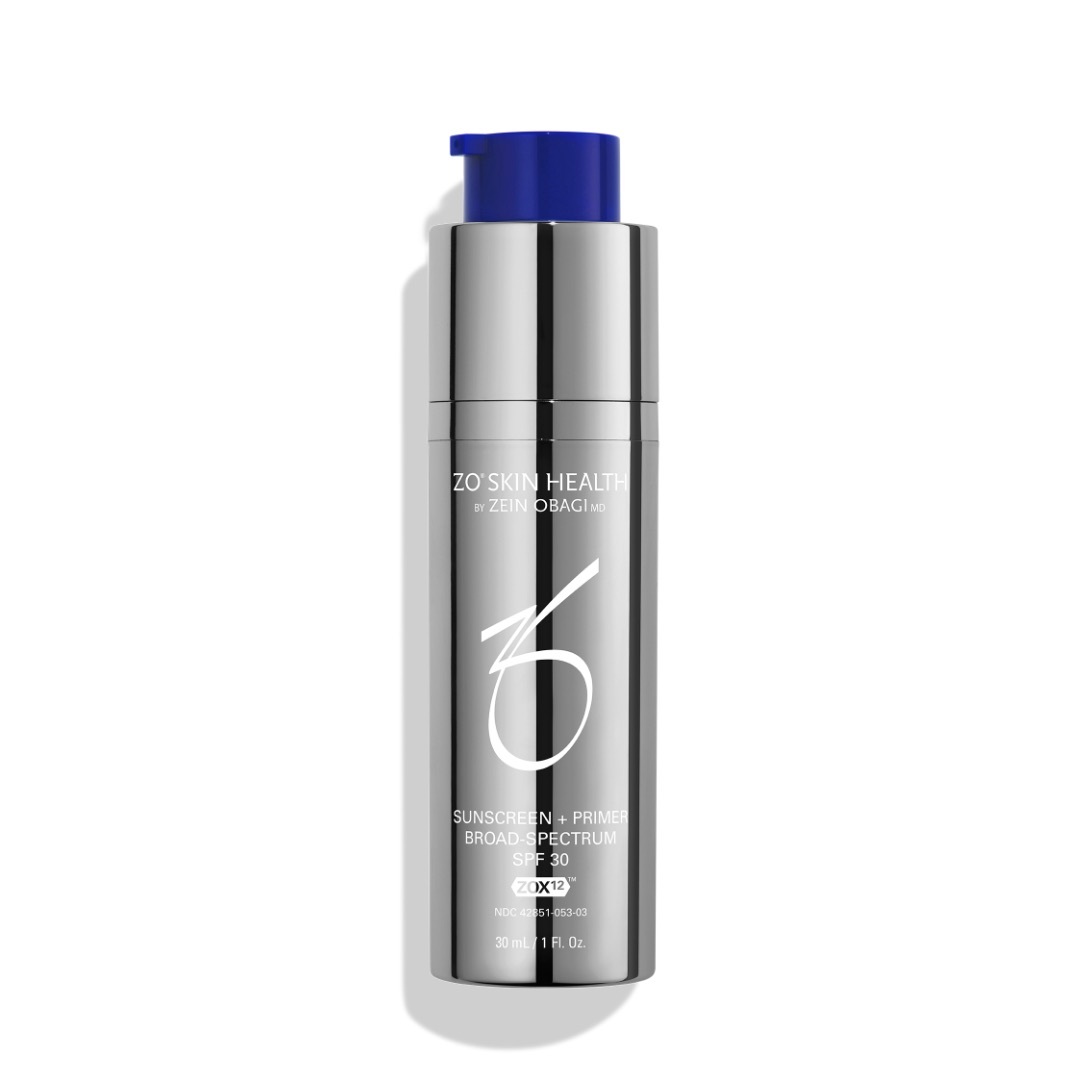
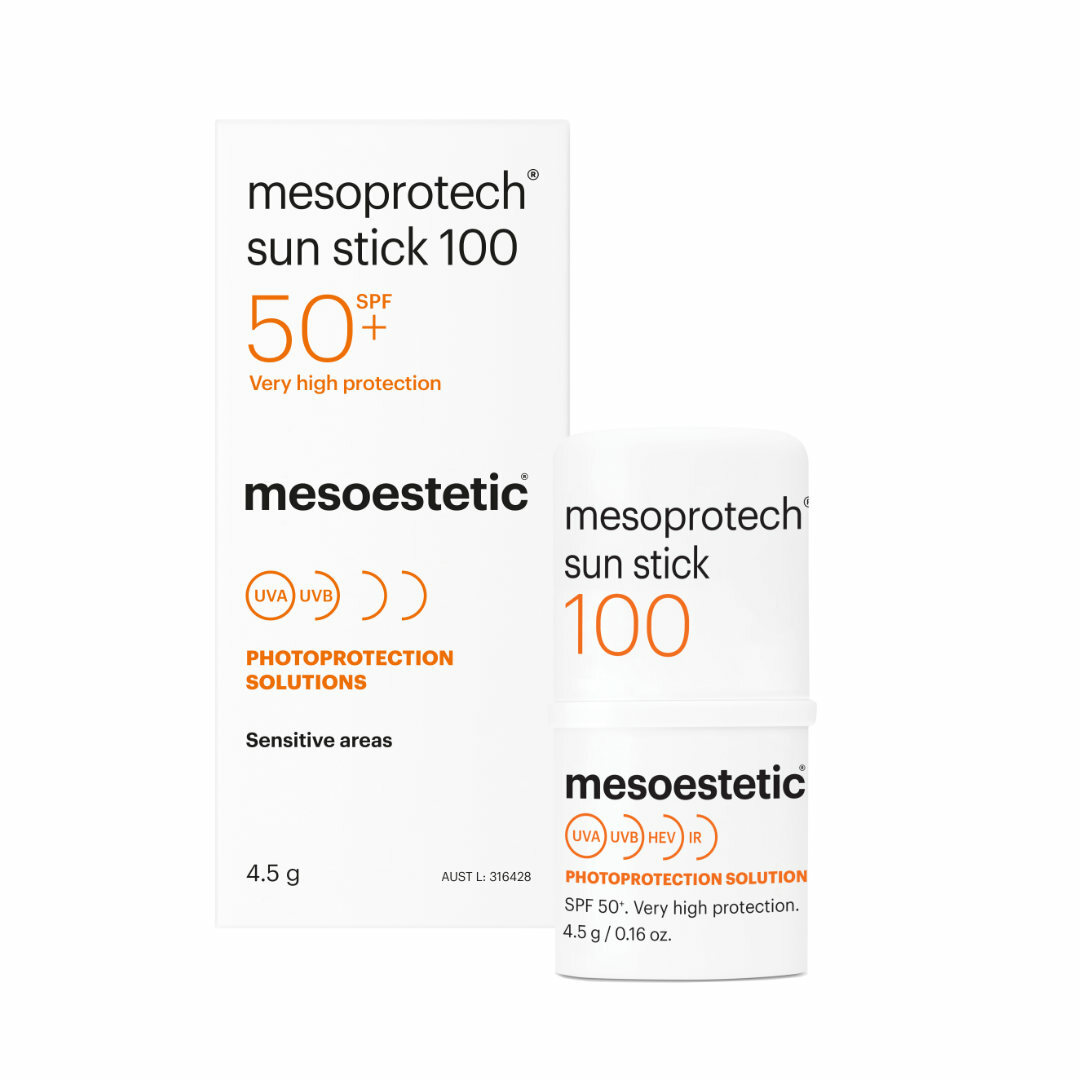

Will Melasma go way?
Unfortunately there is no permanent cure that we can use to completely eradicating melasma. Therefore, the best way to deal with Melasma is to use a combination of treatments (including sun protection) to control the condition and minimise its impact on your skin. The good news is that we can remove the dark patches from your skin, but you will need to continue to follow a strict skincare programme to keep the Melasma from returning.
Melasma can fade with aging and often disappears in women after menopause, but Melasma in other areas of the body other than the face can last much longer.
How can I stop Melasma getting worse?
By far the best way to stop Melasma from getting worse, is to protect your skin from the sun. Direct sun exposure is the greatest factor, so wearing a broad-spectrum sunscreen that is tinted and avoiding the sun is crucial.
UVA and visible light sets off the process of how the skin produces melanin, even indoors, or in the shade. Using sunscreens specifically designed for pigment issues is important (such as mesoestetic melan 130 pigment control).
Additionally, avoiding photosensitising drugs (medications that make your skin more sensitive to sunlight) and cosmetics, and consider stopping contraceptive pills to help prevent melasma from worsening.
In Conclusion
Managing melasma requires a comprehensive approach that includes understanding its triggers, using effective treatment options, and maintaining consistent sun protection. Although a complete cure for melasma is not yet available, with the right strategies, you can significantly reduce its impact on your skin and improve your quality of life.
By staying informed and proactive in your skin care routine, you can help prevent melasma from worsening and maintain a clearer complexion. Always consult with a skincare professional to find the most suitable treatment plan for your specific needs.
Join us, and let’s work together to achieve the clear, beautiful skin you deserve. Your journey to a melasma-free life begins here.
Book a Consultation & rediscover your confidence with MJ Exposé Book a Consultation & rediscover your confidence with MJ Exposé

 AfterPay is avaliable for all purchases.
AfterPay is avaliable for all purchases.
References:
This article was written with extracts from the following scientific articles; You can find the full articles at the following links.
- Bandyopadhyay D. (2009). Topical treatment of melasma. Indian journal of dermatology, 54(4), 303–309. https://doi.org/10.4103/0019-5154.57602
- Cassiano, D.P., Espósito, A.C.C., da Silva, C.N. et al. Update on Melasma—Part II: Treatment. Dermatol Ther (Heidelb)12, 1989–2012 (2022). https://doi.org/10.1007/s13555-022-00780-4
- Ogbechie-Godec, O. A., & Elbuluk, N. (2017). Melasma: an Up-to-Date Comprehensive Review. Dermatology and therapy, 7(3), 305–318. https://doi.org/10.1007/s13555-017-0194-1
- Han, H.J., Kim, J.C., Park, Y.J. et al. Targeting the dermis for melasma maintenance treatment. Sci Rep 14, 949 (2024). https://doi.org/10.1038/s41598-023-51133-w